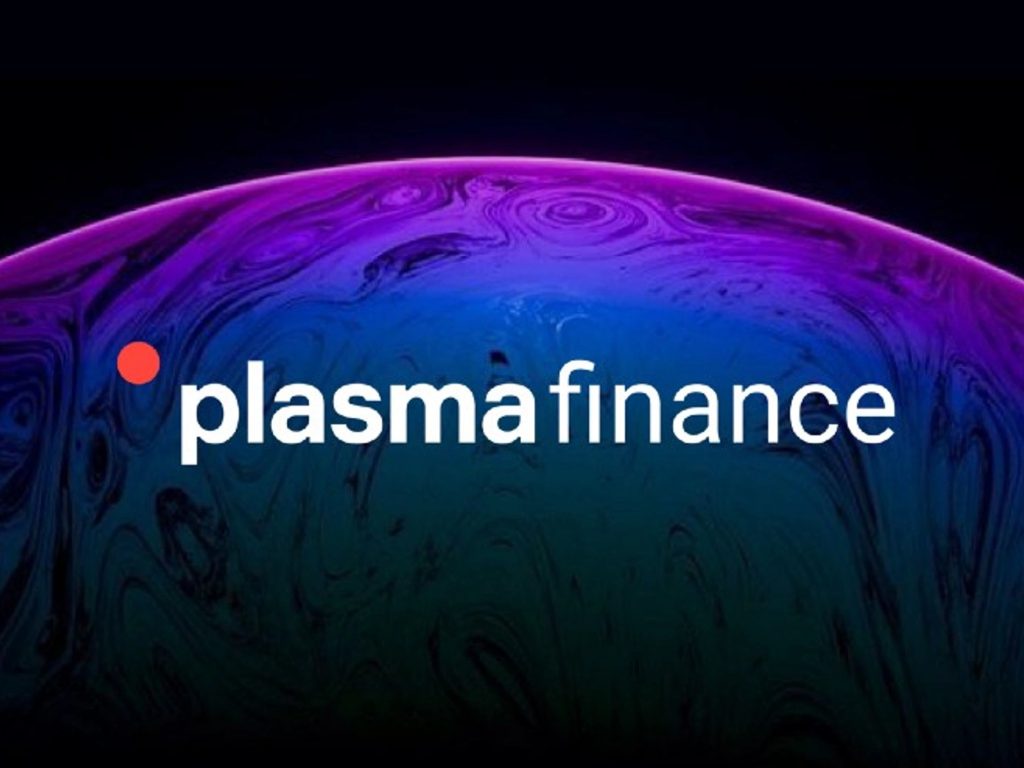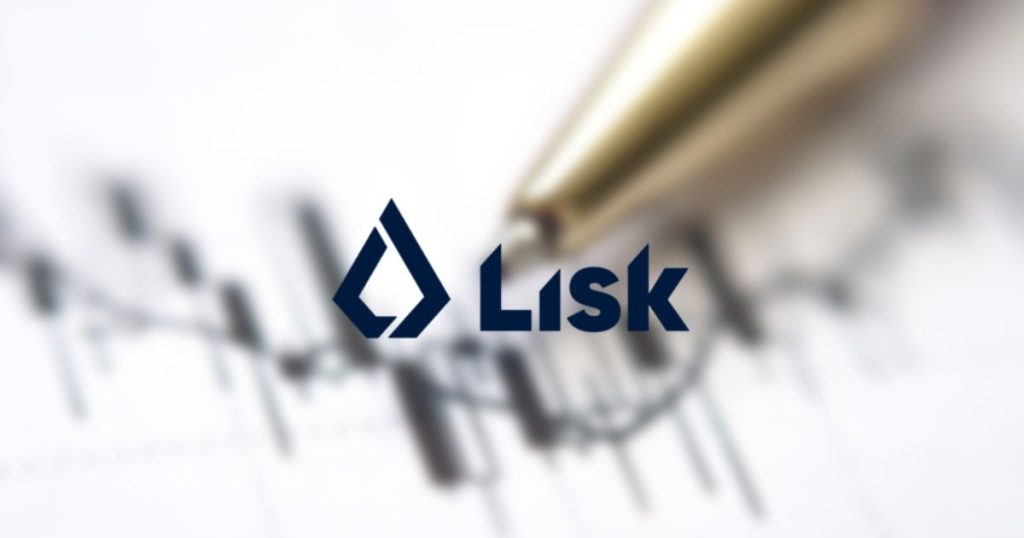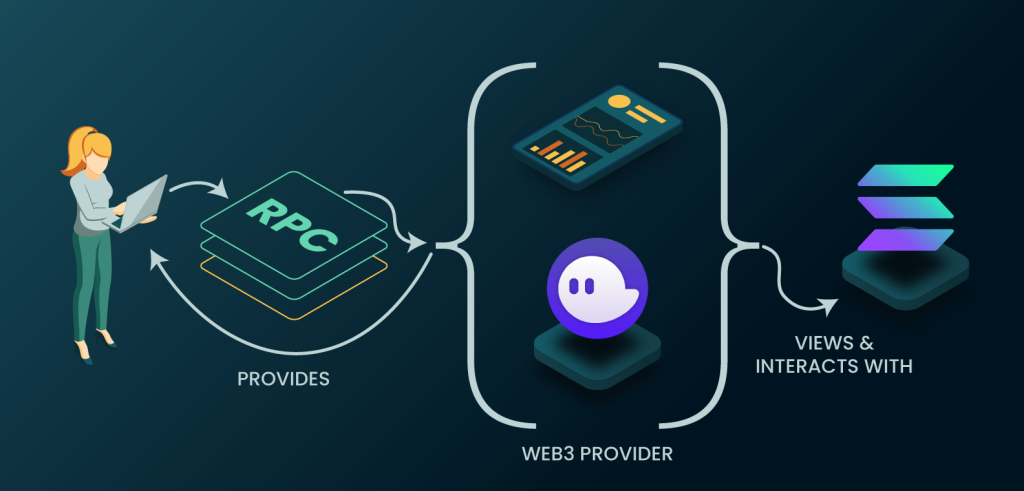
Major Projects and Initiatives Championing Blockchain Interoperability
Blockchain technology is transforming the digital world rapidly. This article discusses the major projects and initiatives championing Blockchain interoperability.
As we move further into the digital age, the blockchain world keeps growing, bringing together a mosaic of different, separate networks.
Each of these networks has potential, but the fact that they are separate from each other brings up an important question: how can these separate worlds talk to each other without any problems?
In its early stages, blockchain was like a bunch of separate islands, each with its own rules, methods, and token standards. But the plan for blockchain in the future isn’t to be used alone.
It’s about getting along. Interoperability makes it possible for these different networks to easily share data, value, and tasks.
What is Blockchain?
A blockchain is a shared record or ledger that is spread out among the nodes of a computer network.
Although they are mostly known for keeping a safe and independent record of transactions in cryptocurrency systems, they can be used for other things as well.
Any kind of data can be made permanent (the word for not being able to be changed) with blockchains.
Since a block can’t be changed, the only place trust is needed is where a person or program adds data.
Because of this, there is less need for reliable third parties, which are usually auditors or other people who make mistakes and cost money.
Blockchain has seen a huge increase in use since Bitcoin came out in 2009.
This is because of the creation of many cryptocurrencies, decentralized finance (DeFi) apps, non-fungible tokens (NFTs), and smart contracts.
How Blockchain Works
You may know how to use systems or spreadsheets. A blockchain is like this in some ways because it is a library where people can enter and store information.
But the main difference between a blockchain and a regular database or spreadsheet is how the data is stored and viewed.
A blockchain is made up of computer programs called scripts that do the same things you would do in a database, like adding and viewing data and saving it somewhere.
There are many computers that store different copies of a blockchain. All of these copies must match for the blockchain to be accurate.
The blockchain keeps track of transaction data and stores it in blocks, which are like cells in a worksheet. When it’s full, an encryption method is used to turn the data into a hexadecimal number known as the hash.
After that, the hash is put into the beginning of the next block and encrypted with the block’s other records. It makes a chain of blocks that can be used together.
What is Blockchain Interoperability?
Today, blockchains are seen as a possibly game-changing technology in many fields, including healthcare and supply chain tracking. They are also the technology that makes cryptocurrencies like Bitcoin (BTC) possible.
A lot of people are very interested in blockchain technology, which has led to many studies and development projects.
Because of this, the blockchain business is very fragmented, and customers can pick from a number of technologies that don’t work together.
However, functions such as sending tokens from one participant to another and carrying out smart contracts can only be done within a single blockchain.
This is because current protocols and standards don’t normally expect blockchains to be able to work with each other.
When it comes to blockchains, interoperability means that two blockchains can freely share data with each other. Take a look at an example blockchain.
It records every asset that is owned and every exchange that takes place. With the right interoperability solution, any business action that happens on one blockchain can be shown on another.
This means that economic activity that starts on one chain can spread to another chain. This is one of the main benefits of solutions that allow blockchains to work together.
An early addition to the field of blockchain interoperability was the idea of an exchange that doesn’t need to be trusted. This was made possible by atomic cross-chain swaps, which are also called “atomic swaps.”
A lot of different cryptocurrency users can trade their assets in a trustless and atomic way with atomic swaps.
Atomic swaps, on the other hand, don’t let you move a token from one blockchain to another because they destroy a certain number of assets on the source blockchain and make the same number of assets on the destination blockchain.
Atomic swaps, as the name suggests, let tokens be traded across blockchains instead of being moved. In other words, atomic swaps always need a partner who is ready to trade tokens.
Online markets are a back door way to trade coins. But up until now, this has needed a trustworthy central authority, which goes against the idea of blockchain being autonomous.
Cross-chain technology is quickly being talked about as the best way to make it easier for blockchains to work together.
Major Projects Championing Blockchain Interoperability
There are a number of projects that are geared towards championing the advancement of Blockchain interoperability. Some of them are;
- Polkadot
- Cardano
- Cosmos
- Plasma
- Lisk
- OpenRPC
Polkadot

Polkadot uses technology called parachain. When you think of parachains, you can picture separate Layer-1 blockchains that can work together in the Polkadot environment.
For cross-chain protection and communication, each parachain depends on a central shard in the ecosystem. In the Polkadot network, parachains will also work safely as long as this part of the chain is safe.
“Pooled security” is the name for this method. When validators from the center shard can confirm that the data is correct against a state transition function, parachains can share data.
All the information that is being sent is sent to the right parachain if it can be confirmed.
Cardano

Cardano is another very popular chain that is getting close to being able to work with other chains.
Cardano has always pushed for the creation and use of smart contracts, so the idea of connecting to other chains was bound to come up at some point.
For its part, Cardano uses a cross-chain proof standard, but it mostly works with Proof-of-Stake chains.
Cardano is starting to show how it could talk to chains like Algorand and the Nervos system using sidechain technology.
Even though this only works for PoS groups that have very specific needs, it shows that this could grow in the future.
Cosmos

Cosmos operates in a very different manner from Polkadot.
Chains can connect with the generation of certificates using the Inter-blockchain communication (IBC) protocol.
Blockchain Interoperability via IBC cannot be established if either chain cannot generate certificates as part of its mechanics.
Cross-chain certificates are a scalable and efficient method of interoperability, but they have their own set of criteria and constraints.
Applications would need to act as lightclients to each other and validate the certificates generated throughout the information exchange process. If this is not maintained, there will be no contact between the various parties.
Plasma

Moving past layer 1s and onto mechanisms. In order to increase the capacity of the Ethereum network, Plasma employs child chains and the transfer of transactions between them.
Transferring assets from one layer 1 to another is now possible thanks to the Plasma bridge and the use of common Plasma child chains.
As a layer 2 solution, this Proof-of-Concept is now being tested on the Ethereum network.
Lisk

Lisk’s blockchain interoperability solution is based on sidechain technology, which enables chains to talk to one another.
Before sending a transaction to another program, this approach gathers a set of CCMs (Cross-Chain Messages). Upon arrival at the destination platform, these messages can be checked and appended to the block.
The state transition can be verified via cross-chain messages collected at different times, providing assurance that the data is reliable across time.
Because of this, verifying the chain’s status and joining a new network are both straightforward processes.
OpenRPC

In an effort to elevate the standard for all dapps built on the Ethereum blockchain, the Ethereum Classic Labs Core (ECLC) group recently released the OpenRPC Specification.
The protocol is modeled around OpenAPI, the popular and frequently used standard for REST APIs.
Initiating this project will improve inter-organizational communication and save developers time by eliminating the need to assume which services and capabilities are supported.
Despite not being directed at any one chain or use case in particular, this initiative’s emphasis on the basics is something that can only help the industry as a whole.
The most important area for cooperation is standardization.
Conclusion
As you can see, establishing an interoperable blockchain has required years of research and hard work.
However, as blockchain has become more accessible through concepts such as smart contracts and various enhancements and implementations, there is a push toward simpler and more efficient interoperable solutions.
